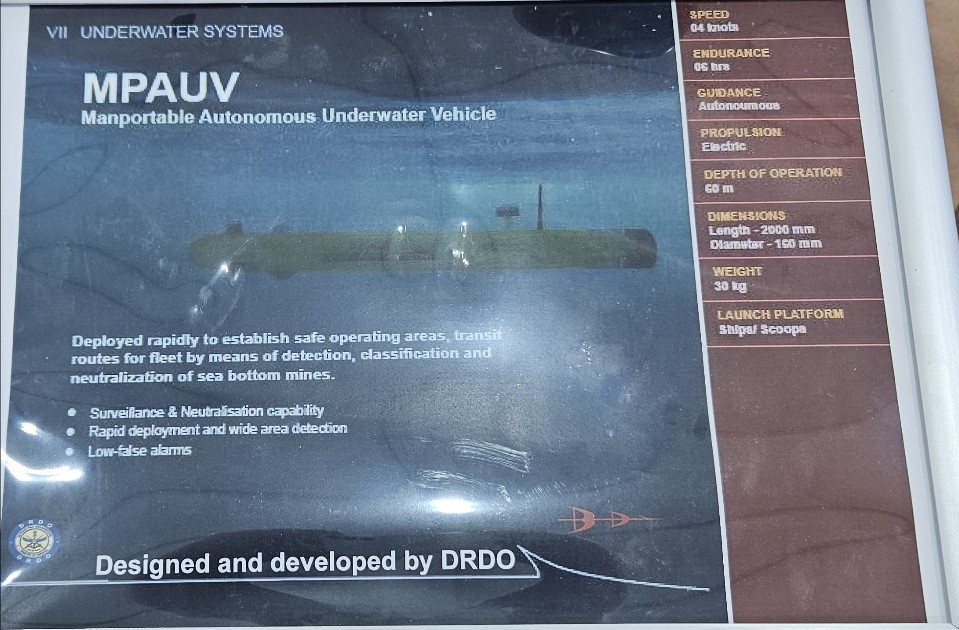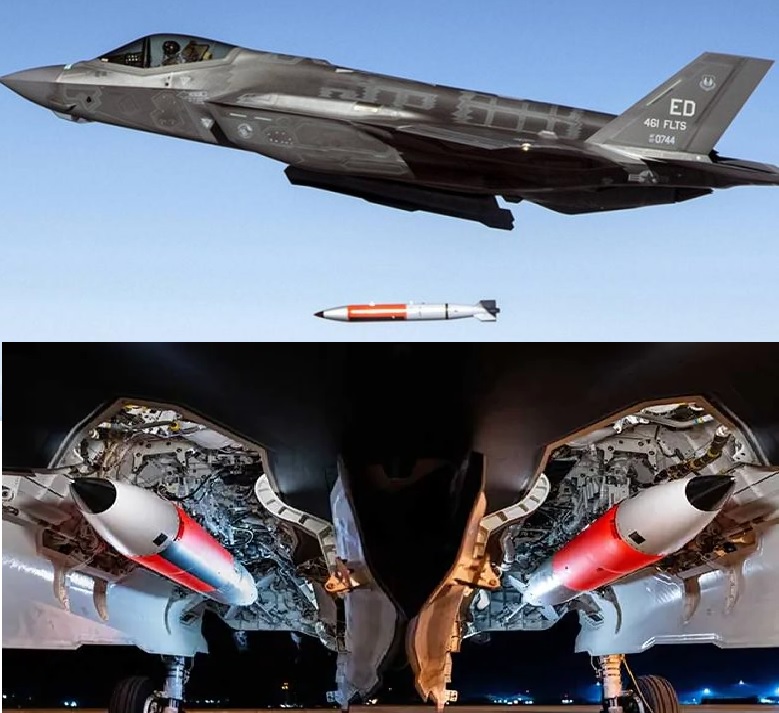China Publicly Showcases Nuclear-Armed Type 094 Submarine Patrol Amid Growing Indo-Pacific Tensions

In a rare and bold move, China’s state media on August 1, 2025, released official footage of a Type 094 nuclear-powered ballistic missile submarine (SSBN) embarking on what appears to be a strategic patrol, marking the first public acknowledgment of such an operation. The video, showing the submarine preparing to leave an undisclosed naval base, included a chilling declaration from a crew member stating they would “launch nuclear missiles without hesitation” if ordered.
The submarine featured is the Jin-class Type 094, a key asset in China’s sea-based nuclear deterrent. It is armed with JL-2 submarine-launched ballistic missiles (SLBMs), capable of carrying either a 1-megaton nuclear warhead or multiple independently targetable reentry vehicles (MIRVs). The JL-2 has a range of 7,200 to 8,000 kilometers, giving it the reach to strike targets well beyond Asia—including parts of the continental United States—from the waters of the South China Sea or Western Pacific.
The patrol is widely believed to have launched from Longpo Naval Base, located on Hainan Island, which is a heavily fortified site known to house China’s nuclear submarine fleet. Though Chinese authorities did not reveal the submarine's hull number or its mission specifics, analysts suggest the announcement was intentionally timed as a message to the U.S. and regional rivals amid heightened tensions in the Indo-Pacific.
According to the U.S. Department of Defense, the Type 094 represents China’s first credible sea-based nuclear deterrent. Its development has helped China move closer to a triad-based nuclear posture, where nuclear weapons can be launched from land, air, and sea. Though still less advanced in stealth and acoustics compared to American and Russian SSBNs, the Type 094 is undergoing upgrades to carry the more capable JL-3 missile, with intercontinental range possibly exceeding 10,000 kilometers.
The submarine itself is a second-generation SSBN with a submerged displacement of 11,000–12,000 tons, about 135 meters in length, and powered by a pressurized-water nuclear reactor. It can reach speeds of 20–24 knots underwater and dive to depths of over 300 meters, allowing it to remain hidden for long-duration patrols.
Besides its missile armament, the submarine is fitted with six torpedo tubes, capable of launching heavyweight torpedoes and naval mines. However, defense experts note that despite improvements, the Type 094 remains noisier and more detectable than its counterparts—like the U.S. Ohio-class or Russia’s Borei-class submarines—limiting its survivability in heavily contested waters.
China's submarine modernization doesn’t stop here. The country is developing the next-generation Type 096 SSBN, expected to become operational by the end of the decade, which will reportedly be quieter and more survivable. Alongside this, work is ongoing on the Type 095 nuclear attack submarine and improvements to conventional platforms like the Type 041.
Compared globally, China still lags behind established nuclear submarine powers. The U.S. operates 14 Ohio-class SSBNs, globally recognized for their stealth and extended patrol capabilities. Russia, too, maintains a credible sea deterrent with its Borei-class fleet, while France and the UK each operate fewer SSBNs but maintain robust second-strike capabilities.
The public release of China’s SSBN patrol aligns with growing friction in the region—particularly over Taiwan, increased U.S. military ties with allies like Japan, the Philippines, and Australia, and the AUKUS security pact. China’s decision to publicly showcase its nuclear deterrent is widely viewed as a strategic signaling move—meant to deter adversaries and reinforce its resolve to defend what it considers its core interests.
This shift—from traditional opacity to public military messaging—shows China’s growing confidence in its nuclear deterrent and its willingness to use it as a tool of strategic influence. As regional tensions grow, the presence and visibility of the Type 094 could reshape naval dynamics and elevate nuclear risk calculations across the Indo-Pacific.
✍️ This article is written by the team of The Defense News.






